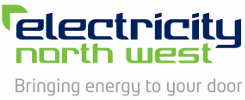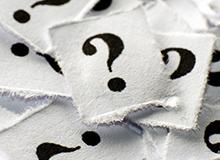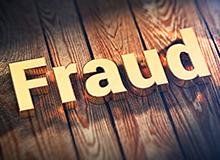Welcome to the pension website
People who joined the pension scheme before April 2006 are likely to be members of the defined benefit section of the Electricity North West Group of the Electricity Supply Pension Scheme.
People who joined after April 2006 are likely to be members of the LifeSight Master Trust.
5 tips to help power up your pension before tax year end
The 2021/22 is due to come to an end on 5 April. There’s still a little bit of time, though, to roll up your sleeves and take a few actions to make the most of your pension before then. Use our tips below to help you get started.
Use your Annual Allowance wisely
There’s a certain limit on the total amount you can save towards your pension in a single tax year before you pay any tax. The limit is also known as Annual Allowance. It is currently either 100% of your annual earnings or £40,000, whichever
is lower, unless the Tapered Annual Allowance applies to you.*
With the start of the new tax year, the Annual Allowance will renew. So, if you haven’t used your whole allowance for this year, why not think about paying more in to make the most of it while you can.
If you’ve maxed your allowance out for the 2021/22 tax year – that’s fine, you have other options. You can carry forward any unused allowances from the last three years. For example, if you have some unused allowance from two years ago, you can make use of it in the 2022/23 financial year.
Tax relief is a great helper too
Tax relief is one of the reasons why saving up for retirement with the Electricity North West Group of the Electricity Supply Pension Scheme is such a fantastic opportunity. It means you don’t pay any tax on the money you put in, which makes your
money go further in the long run.
The amount of tax relief you get depends on the rate of income tax you pay. Basic-rate taxpayers (who pay 20% income tax) get tax relief at the same rate. If you’re a higher-rate taxpayer you get 40% tax relief, and additional-rate taxpayers get
45%.
So, if you’re a basic-rate taxpayer and want to put in £100, all that money will end up in your pension as you won’t get charged any tax on it. Otherwise, you would’ve been left with £80 as the taxman would’ve taken £20 off you.
Working parents – pay in more to get your child benefit back
Did you know that the money you put in towards your pension doesn’t count as an income? This is handy to know, especially if you have children. Here’s why.
If your income is £50,000 or over, you may have to pay extra tax, also known as the ‘High Income Child Benefit Charge’. If you’re earning over £60,000, the tax charge becomes higher than the benefit itself, making it unviable
to claim it.
This is why it makes sense to reduce what counts as your income by putting in more towards your pension. That way, you would be in a win-win situation. You could keep your child benefit and boost your pension at the same time.
More information on Annual Allowance and other tax limits.
Make the most of your tax-free Personal Allowance
The standard Personal Allowance is the amount of income you do not have to pay tax on. It is currently set at £12,570. You will be charged tax on anything more you earn. If you earn over £125,140, you will lose your Personal Allowance and
you will have to pay tax on all your earnings.
Keeping this in mind, it seems sensible to look at ways to recover any loss from your Personal Allowance. You may be able to do this by increasing the amount you pay towards your pension. That way, you’ll be saving on tax and saving more towards your future at the same time.
Pay in a lump sum
You may have some cash sitting in your bank account, patiently waiting to be spent, or if you’re lucky enough, you may get a bonus. Whatever the situation, why not put it in towards your pension? Paying a lump sum is a great way to give it a ‘top up’. And, you’ll get tax relief from the government too. This could be a great way to make the most of your current pension Annual Allowance before this tax year comes to end on 5 April.
*The Tapered Annual Allowance is a lower Annual Allowance and may affect you if your income is over £200,000






